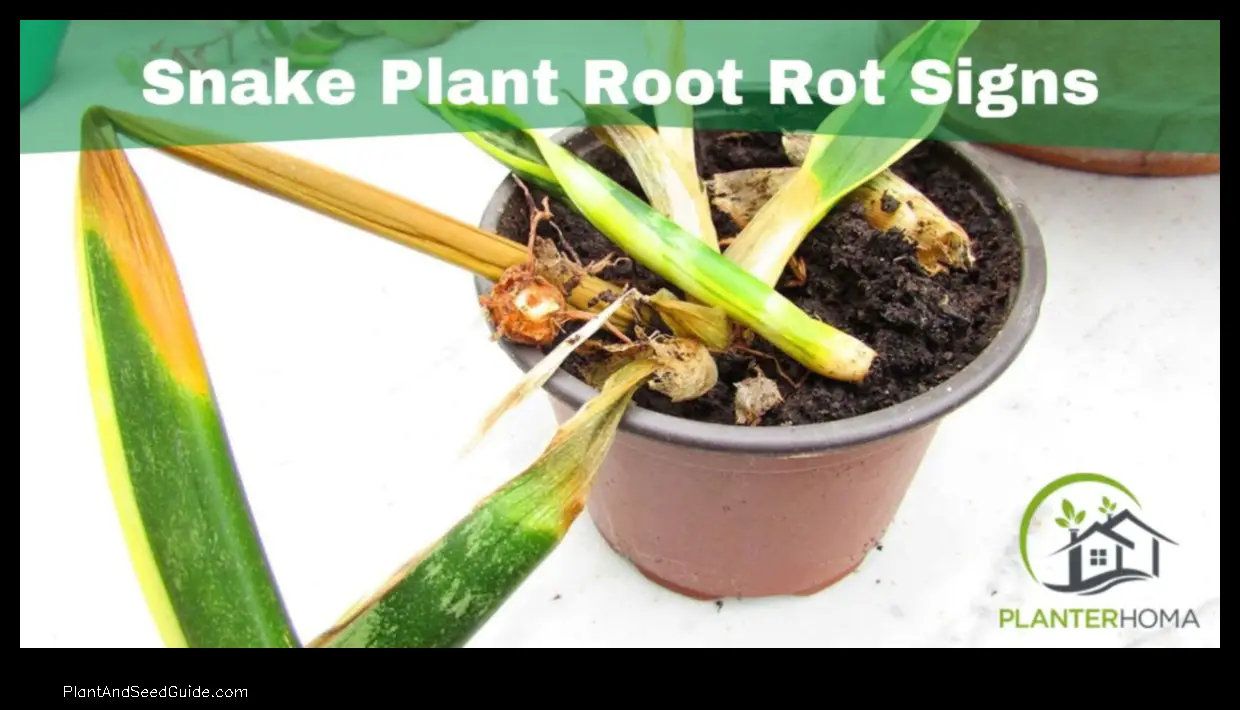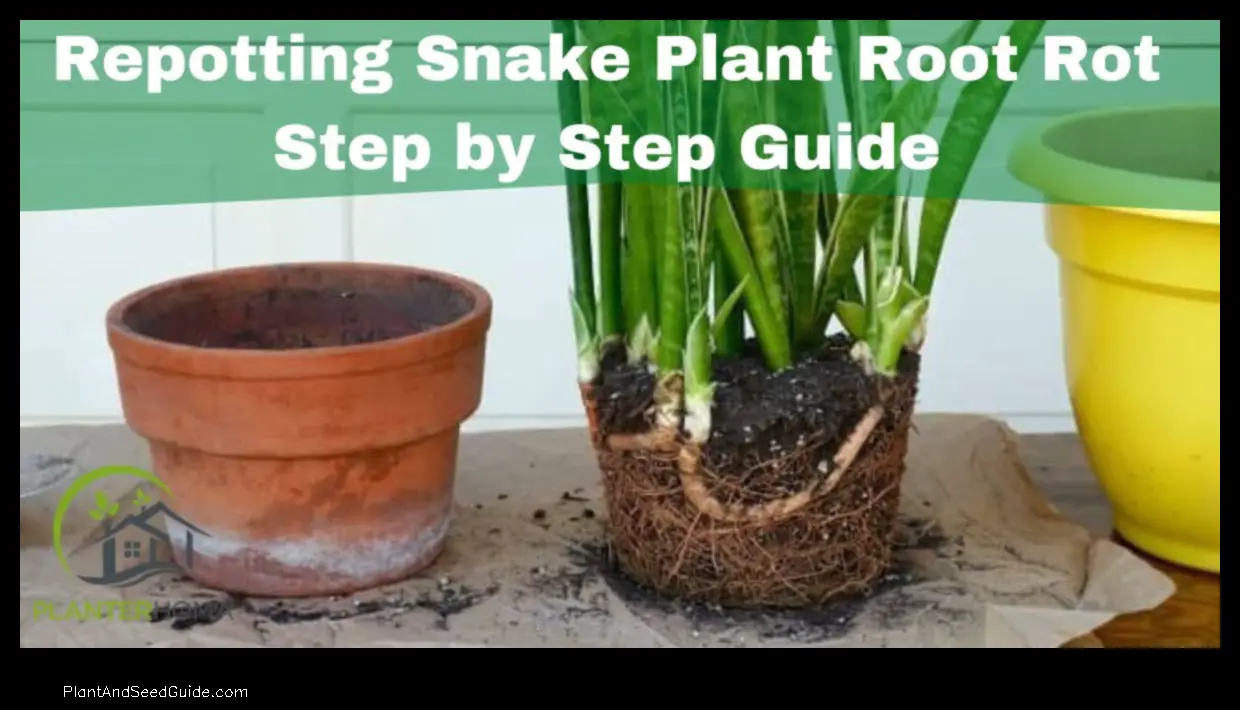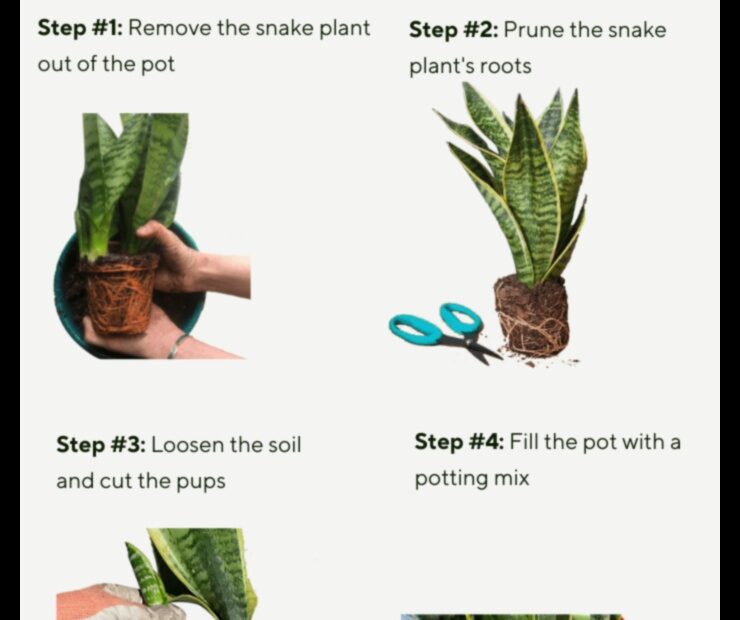
How to Repot a Snake Plant with Root Rot
Snake plants are popular houseplants because they are easy to care for.
Root rot is a fungal infection that can cause the roots of a plant to decay. If root rot is not treated, it can eventually kill the plant.However, even snake plants can get root rot if they are not properly cared for..
The good news is that it is possible to save a snake plant that has root rot. By repotting the plant in fresh soil and providing it with proper care, you can help it to recover from the infection.
This article will discuss the symptoms of root rot in snake plants, the causes of root rot, how to prevent root rot, and how to repot a snake plant with root rot. We will also provide a step-by-step guide to repotting a snake plant with root rot and discuss aftercare for a snake plant that has been repotted.
If you are concerned that your snake plant may have root rot, it is important to take action as soon as possible. Root rot can quickly spread and kill the plant. By following the tips in this article, you can help your snake plant to recover from root rot and enjoy its beautiful foliage for years to come.
| Feature | Topic |
|---|---|
| Snake plant | |
| Root rot | ISymptoms of Root Rot in Snake Plants |
| Repotting | How to Repot a Snake Plant with Root Rot |
| Houseplants | VStep-by-Step Guide to Repotting a Snake Plant with Root Rot |
| Drainage | Aftercare for a Snake Plant that has been Repotted |

ISymptoms of Root Rot in Snake Plants
Root rot is a common problem for snake plants, and it can be fatal if not treated promptly. Here are some of the symptoms of root rot in snake plants:
- The leaves will start to turn yellow and wilt.
- The roots will become brown and mushy.
- The plant will start to smell bad.
How to Repot a Snake Plant with Root Rot
Root rot is a common problem for snake plants, but it can be successfully treated if caught early. This guide will walk you through the steps of repotting a snake plant with root rot, so you can save your plant and keep it healthy.
What is Root Rot?
Root rot is
a fungal infection that occurs when the roots of a plant are constantly wet. This can happen for a number of reasons, such as overwatering, poor drainage, or a lack of air circulation. Root rot can quickly spread and kill a plant, so it’s important to take action as soon as you notice the symptoms.Symptoms of Root Rot
The most common symptom of root rot is yellow or brown leaves. The leaves may also wilt and droop, and the plant may eventually die. If you suspect that your snake plant has root rot, you should carefully remove the plant from the pot and inspect the roots. If the roots are black and mushy, they have rotted and the plant will need to be repotted.
How to Prev
ent Root RotThe best way to prevent root rot is to make sure that your snake plant is not overwatered. Allow the soil to dry out completely between waterings, and make sure that the pot has good drainage. You should also repot your snake plant every few years to give the roots more room to grow.
How to Repot a Snake Plant with Root Rot
If you thin
k your snake plant has root rot, you will need to repot it as soon as possible. Here are the steps involved:- Gently remove the snake plant from the pot.
- Inspect the roots for signs of rot. If the roots are black and mushy, they will need to be trimmed away.
- Wash the roots in a solution of water and hydrogen peroxide to kill any remaining bacteria.
- Repot the snake plant in a pot that is one size larger than the old pot.
- Fill the pot with fresh potting soil.
- Water the snake plant thoroughly.
After you have repotted your snake plant, you should take steps to prevent future problems with root rot. Make sure that the plant is not overwatered, and that the pot has good drainage. You should also repot the plant every few years to give the roots more room to grow.
Aftercare for a Snake Plant that has been Repotted
After you h
ave repotted your snake plant, you should take care to keep it in a warm, sunny spot. Water the plant thoroughly, and then let the soil dry out completely before watering it again. You should also fertilize the plant every few weeks with a diluted liquid fertilizer.With proper care, your snake plant will recover from root rot and continue to grow healthy and strong.
How to Repot a Snake Plant with Root Rot
Root rot is a common problem for snake plants, but it can be successfully treated if you act quickly. This guide will show you how to repot a snake plant with root rot and save your plant from dying.
To begin, y
ou will need to gather the following materials:- A new pot that is at least 2 inches wider than the current pot
- Potting soil that is well-draining
- A sharp knife or scissors
- A watering can
- A spray bottle filled with water
Once
you have gathered your materials, you can begin the repotting process.- First, remove the snake plant from its current pot. Gently loosen the soil around the roots and carefully lift the plant out of the pot.
- Inspect the roots for signs of root rot. Root rot is characterized by dark, mushy roots. If the roots are severely damaged, you may need to cut away the affected areas with a sharp knife or scissors.
- Once you have removed the damaged roots, repot the snake plant in a new pot that is at least 2 inches wider than the current pot. Fill the pot with potting soil that is well-draining.
- Water the snake plant thoroughly and place it in a bright, indirect light location.
- Monitor the snake plant closely for signs of new growth. If the plant begins to produce new leaves, it is a good sign that the repotting was successful.
By fo
llowing these steps, you can successfully repot a snake plant with root rot and save your plant from dying. 
How to Repot a Snake Plant with Root Rot
Root rot is a common problem for snake plants, but it can be prevented and treated. If you suspect that your snake plant has root rot, it’s important to take action quickly to save the plant.
The followi
ng steps will show you how to repot a snake plant with root rot:- Remove the snake plant from its pot.
- Gently loosen the roots of the plant.
- Inspect the roots for signs of root rot.
- Cut away any roots that are black, mushy, or smelly.
- Repot the snake plant in a new pot with fresh potting soil.
- Water the snake plant thoroughly.
- Place the snake plant in a warm, sunny spot.
By following these steps, you can help your snake plant recover from root rot and prevent future problems.

